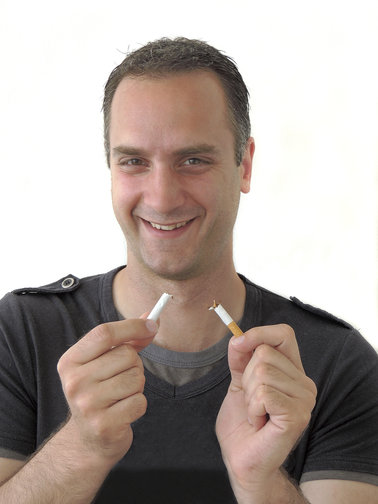With the festive season upon us it’s about time we reminded ourselves of just how much alcohol we should be drinking!
All alcoholic drinks carry details of how much alcohol they contain, but it is not always easy to relate that information to how many units of alcohol the bottle or can contains, or how much it is safe to drink. So, here are some simple guidelines:
One unit of alcohol in the UK is defined as a drink containing 10mL (8g) of ethanol.
To calculate the units of alcohol…
…multiply the volume of the drink in litres – for example, 500mL of beer (is 0.5 litres or just under a pint)
…by the alcohol percentage – for example, 5% alcohol by volume (abv)
So, 0.5 litres multiplied by five equals 2.5 units.
Here are some useful guidelines:
one unit of alcohol is equivalent to:
• half a pint of average strength beer, lager, or cider (3–4% abv)
• a standard pub measure (50mL) of fortified wine (sherry or port at 20% abv)
and
one and a half units of alcohol is equivalent to:
• a small glass (125mL) of average strength wine (12% abv)
• a standard pub measure (35mL) of spirits (40% abv).
The recommendations are that weekly alcohol intake should be no more than 21 units for men and 14 units for women – and pregnant women should avoid drinking during the first three months of pregnancy.
Getting enough sleep?




